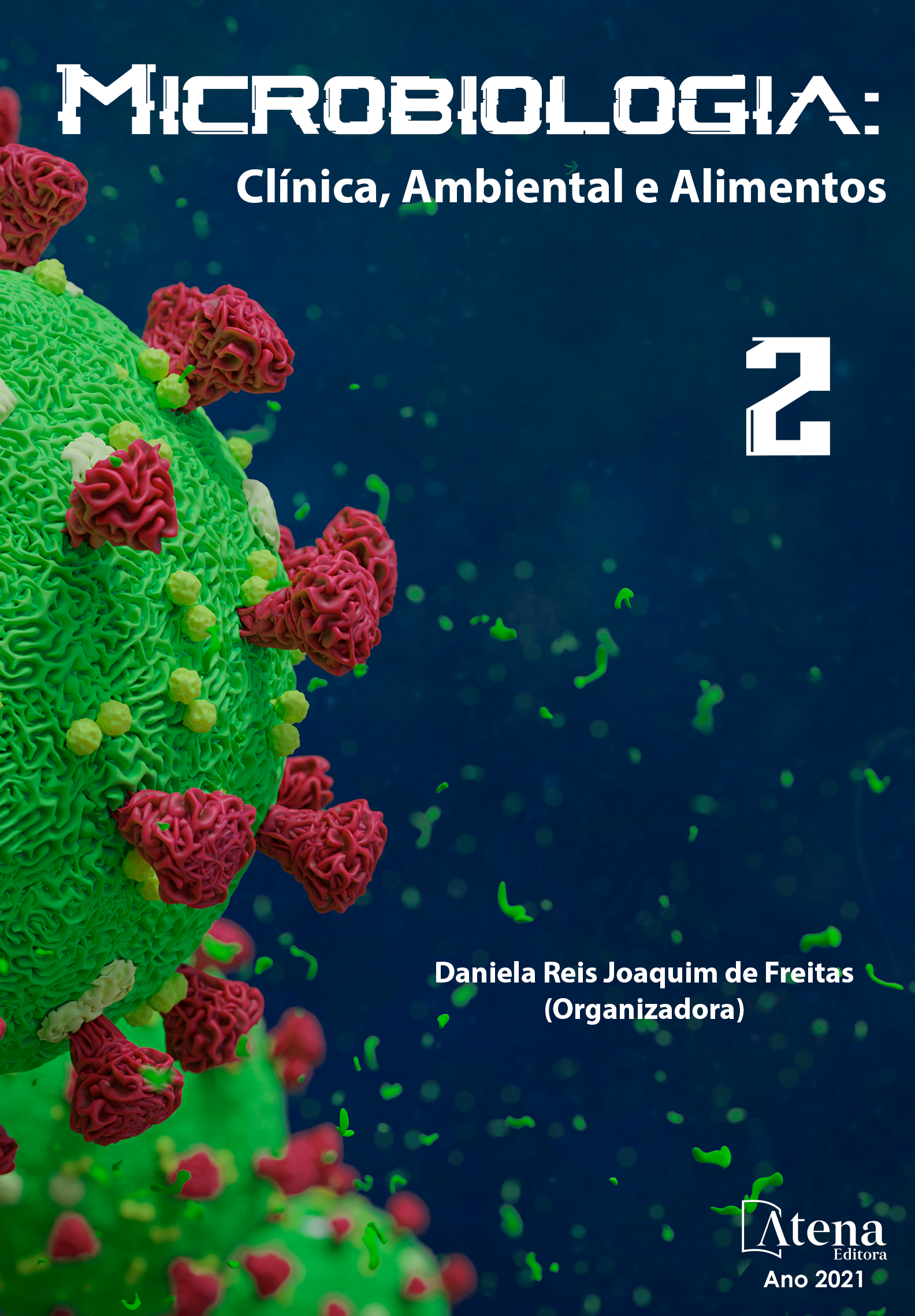
IDENTIFICAÇÃO DE ENTEROBACTÉRIAS PRESENTES NO CÓRREGO ALVARENGA DO COMPARTIMENTO DO BRAÇO DO ALVARENGA DO RESERVATÓRIO BILLINGS, NO MUNICÍPIO DE SÃO BERNARDO DO CAMPO – SÃO PAULO.
Este estudo tem por objetivo realizar a identificação de enterobactérias patogênicas nas águas do Córrego Alvarenga pertencente ao braço do Alvarenga do Reservatório Billings. Como resultados, foram identificados três tipos de enterobactérias: Shigella sp., Salmonella sp. e Escherichia coli. Essas enterobactérias, ao entrarem em contato com o organismo humano, podem causar gastroenterites e dermatites. A hipótese foi corroborada através de testes microbiológicos feitos em fevereiro de 2020 com amostras de água da Represa Billings que foram coletadas em três locais nomeados como BS (Billings Silvaplana), BJDL (Billings Jardim Laura) e BPI (Billings Parque Ideal). Os meios de cultura utilizados foram Caldo Lauril Sulfato (LST), Plate Count Agar (PCA), Caldo Lactosado Verde Brilhante e Bile (VBB) e Ágar Eosina Azul de Metileno (EMB). Também foram analisados os parâmetros fisíco-químicos, pH e turbidez, que mostraram números acima do permitido. Os resultados foram comparados ao que estabelece a RESOLUÇÃO CONAMA 357/2005. Com todos os resultados obtidos, pode-se compreender, que especificamente nesses três pontos de coleta, não há adequação com os limites de Classe II.
IDENTIFICAÇÃO DE ENTEROBACTÉRIAS PRESENTES NO CÓRREGO ALVARENGA DO COMPARTIMENTO DO BRAÇO DO ALVARENGA DO RESERVATÓRIO BILLINGS, NO MUNICÍPIO DE SÃO BERNARDO DO CAMPO – SÃO PAULO.
-
DOI: 10.22533/at.ed.46421010911
-
Palavras-chave: Billings; Enterobactérias; Reservatório
-
Keywords: Billings; Enterobacteria; Reservoir.
-
Abstract:
This study aims to identify pathogenic enterobacteria in the waters of Córrego Alvarenga belonging to the Alvarenga branch of the Billings Reservoir. As a result, three types of enterobacteria were identified: Shigella sp., Salmonella sp. and Escherichia coli. The hypothesis was supported by microbiological tests carried out in February 2020 with water samples from the Billings Dam that were collected at three sites named as BS (Billings Silvaplana), BJDL (Billings Jardim Laura) and BPI (Billings Parque Ideal). The culture media used were Lauryl Sulfate Broth (LST), Plate Count Agar (PCA), Brilliant Green Lactose Broth and Bile (VBB) and Eosin Methylene Blue Agar (EMB). The physical-chemical parameters, pH and turbidity were also analyzed, which showed numbers above the permitted levels. The results were compared to the standards of Class II of CONAMA RESOLUTION 357/2005 and were not suitable.
-
Número de páginas: 10
- André Contri Dionizio
- Mônica Teixeira Andrade Leal
- Marta Ângela Marcondes
- Vitoriana Barbosa Veiga Reis


